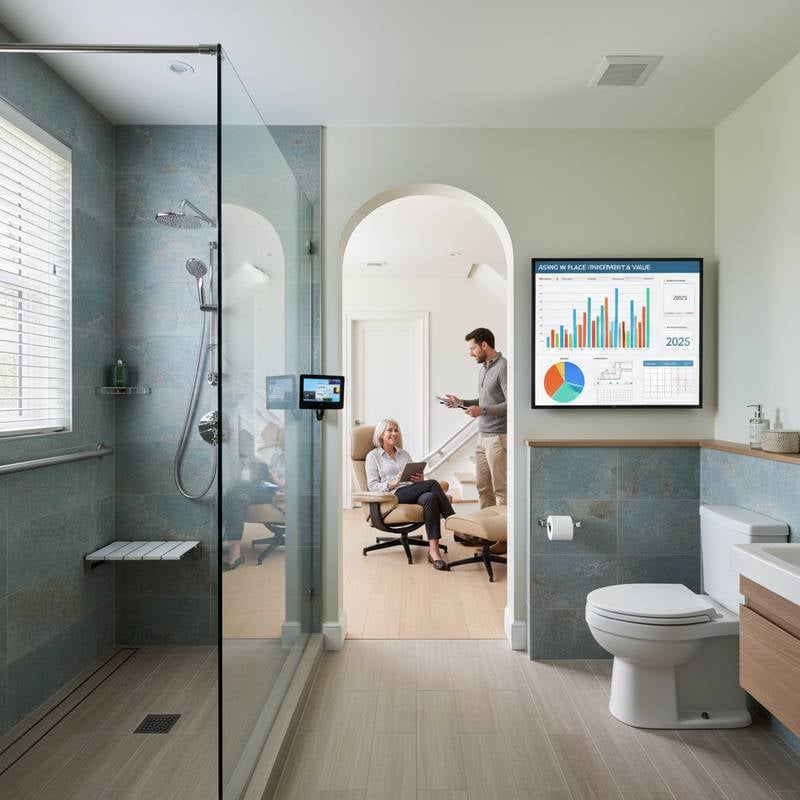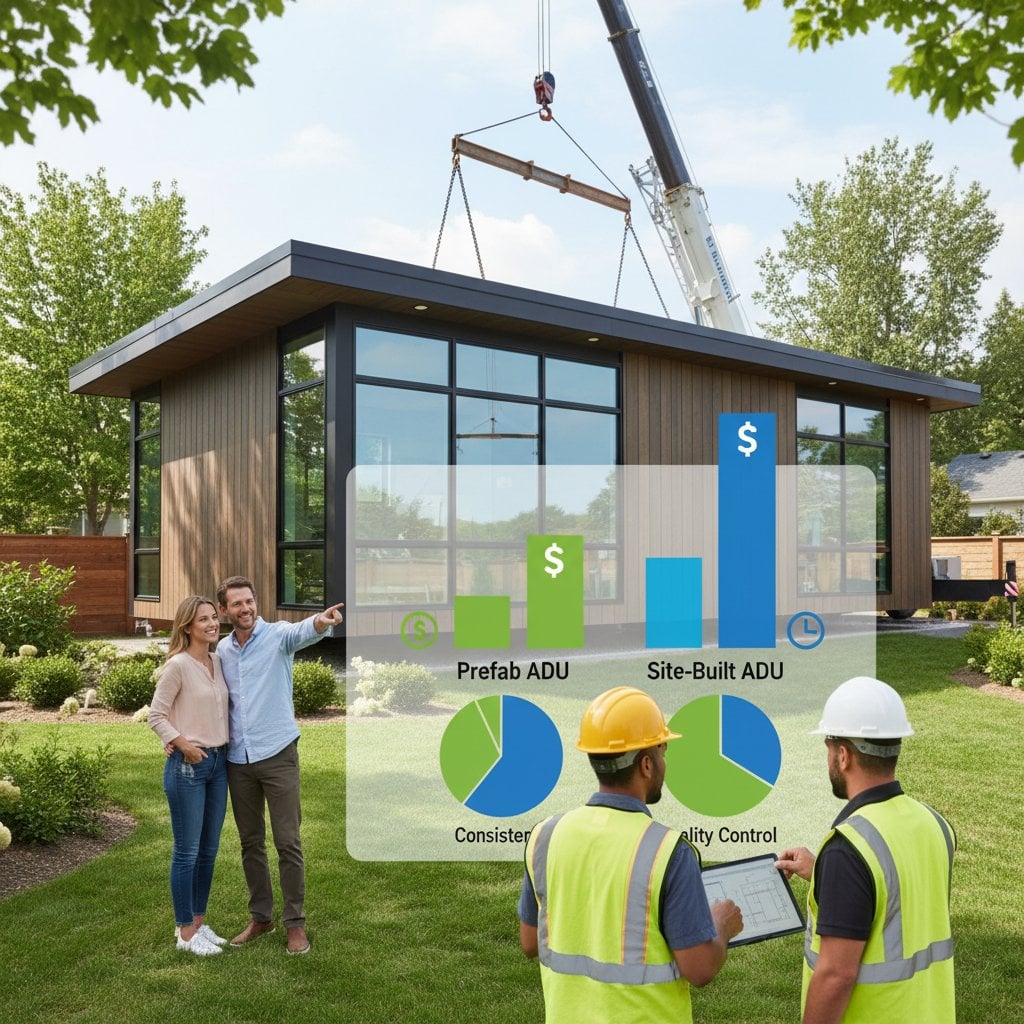3D Printed Buildings: Cost Insights for 2025
The Rise of 3D Printed Construction
In 2025, 3D printed construction is no longer just an experimental concept; it has become a viable option for mainstream projects. This innovative approach, often referred to as additive manufacturing, offers significant cost savings and efficiency gains. For contractors, developers, and builders, understanding the cost structure and potential benefits is essential to staying competitive. This guide breaks down the numbers, compares them to traditional methods, and provides practical steps to integrate this technology into your projects.
Breaking Down the Costs of 3D Printed Buildings
Several factors determine the cost of 3D printed construction, with material expenses being the most significant variable. Prices for printing materials, such as extrusion concretes, geopolymers, and fiber-reinforced mixes, range from $50 to $500 per cubic meter in 2025. This wide range depends on the specific mix, local availability, and the inclusion of recycled content. Other key cost drivers include printer hardware (capital costs of $10,000 to $120,000 per unit, spread across projects), labor ($50 to $200 per hour for skilled operators), software and design services ($5,000 to $30,000 per project), and site preparation ($10,000 to $50,000 based on ground conditions and permitting).
Material selection plays a critical role in managing expenses. On-site mixed extrusion concretes can be as affordable as $50 per cubic meter, while specialized geopolymer or fiber-enhanced mixes may exceed $500 per cubic meter for high-performance applications.
Cost Comparison: 3D Printing Versus Traditional Methods
When evaluating 3D printed construction, the savings become evident across various building components. Based on 2025 estimates for North America and Europe, here are the average costs per square foot:
- Walls: Traditional methods cost $20 to $50, while 3D printing ranges from $10 to $30, yielding savings of 30 to 50 percent.
- Roof Panels: Traditional costs are $15 to $30, compared to $8 to $20 for 3D printing, with savings of 35 to 45 percent.
- Foundations: Traditional methods range from $10 to $20, while 3D printing costs $5 to $15, offering 30 to 50 percent savings.
- Custom Facades: Traditional per-unit costs are $150 to $300, versus $80 to $180 for 3D printed elements, saving 40 to 50 percent.
These savings are most pronounced in regions with high labor or transport costs, where 3D printing minimizes material waste and eliminates the need for expensive formwork.
Key Trends Driving Cost Reductions in 2025
Several advancements are making 3D printed construction more affordable. Large gantry printers now enable on-site printing for multi-story buildings, reducing transportation expenses by up to 40 percent and cutting associated carbon emissions. Material innovations, such as geopolymer mixes using industrial byproducts like fly ash, lower binder costs by around 30 percent while achieving compressive strengths of 50 MPa or higher. Additionally, software automation through parametric design tools slashes design labor by 50 percent, saving $8,000 to $15,000 per project, while government incentives in the U.S. and Europe further offset capital costs.
Actionable Steps for Adopting 3D Printing
To leverage the benefits of 3D printed construction in 2025, consider these practical strategies:
- Conduct a Feasibility Study: Estimate material costs by volume, factor in printer depreciation and labor, and compare against traditional bids. Account for waste reduction of 15 to 20 percent to identify savings.
- Collaborate with Specialists: Partner with service bureaus offering end-to-end solutions, including design and quality control, to minimize initial risks and costs.
- Optimize Material Choices: Select cost-effective geopolymer mixes for low-rise projects and reserve fiber-reinforced composites for demanding applications like facades.
- Prioritize Training: Invest in certification programs for your team to reduce operator errors and long-term labor costs.
- Leverage Incentives: Research local tax credits and expedited permitting for additive manufacturing to improve project timelines and cash flow.
What Lies Ahead for 3D Printed Projects
Looking into 2025, expect project cost reductions of 30 to 45 percent for structural elements like walls and foundations compared to conventional builds. Construction timelines will shrink by 20 to 35 percent due to the elimination of formwork. Material waste will drop to just 5 to 7 percent, far below the 15 to 20 percent typical of traditional concrete work. With over 150 commercial and residential projects worldwide projected to fully integrate 3D printing by year-end, this technology is poised to redefine industry standards.
Navigating Compliance and Maintenance
Adhering to local building codes remains critical, particularly for structural reinforcement and fire resistance. Arrange third-party testing for material mixes and printed components to ensure safety. Maintenance needs mirror those of cast concrete for standard mixes, though exposed facades may require specialized coatings to maintain durability over time.
Seize the Opportunity in 2025
As 3D printed construction gains traction, now is the time to explore its potential for your projects. Start with a small pilot build to test workflows, refine cost estimates through detailed studies, and build partnerships with experienced providers. These initial steps will position you to capitalize on faster schedules, reduced waste, and a stronger competitive edge in an evolving market.









